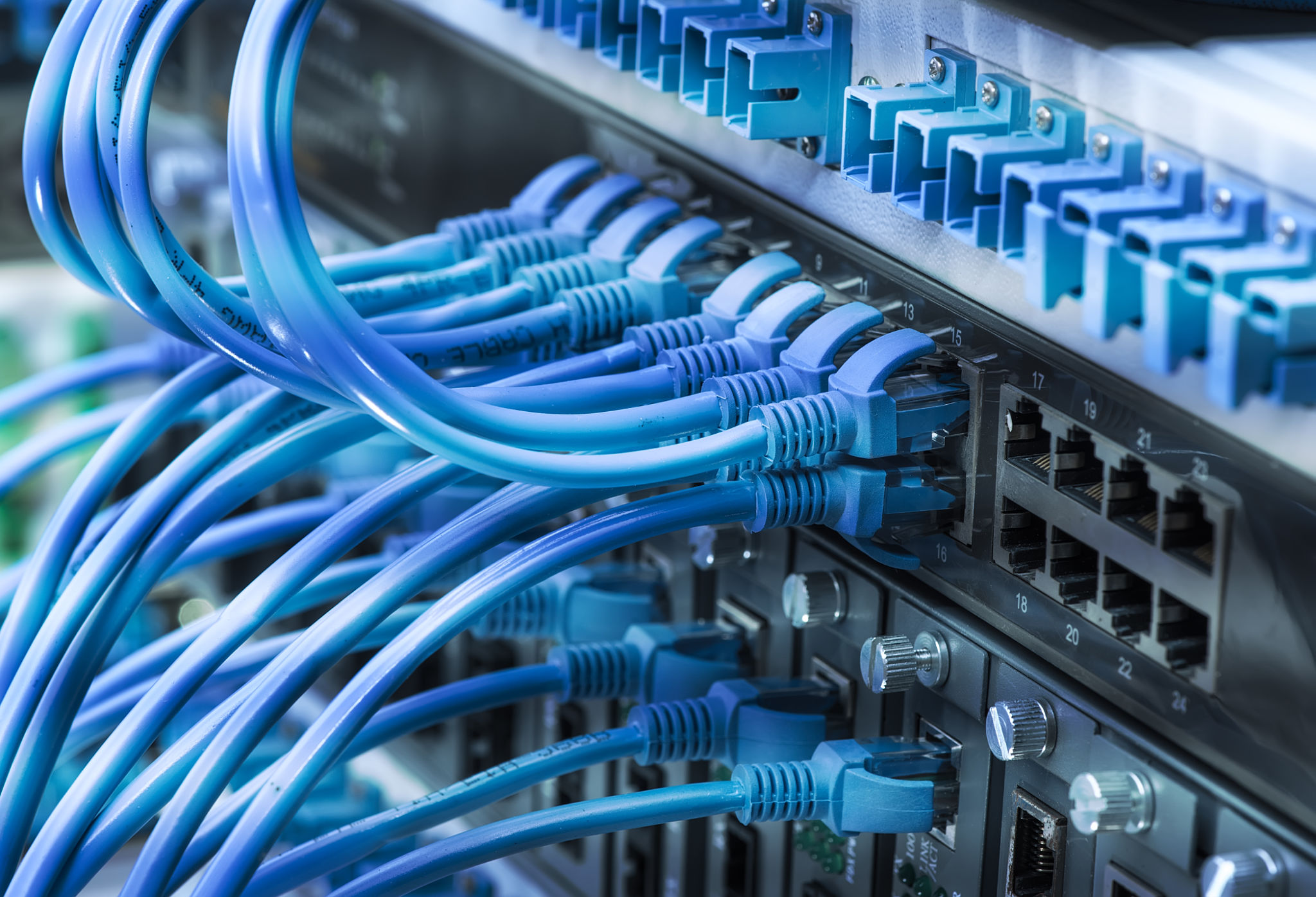DIY Ethernet Port Installation: What You Need to Know
Understanding Ethernet Ports
Ethernet ports are essential components for creating wired internet connections in homes and offices. They provide a stable and high-speed alternative to Wi-Fi, making them ideal for streaming, gaming, and other data-intensive activities. Installing Ethernet ports might seem daunting, but with the right tools and guidance, it can be a manageable DIY project.

Tools and Materials Needed
Before starting your Ethernet port installation, ensure you have all the necessary tools and materials. Most installations require:
- Ethernet cables (Cat5e, Cat6, or Cat6a)
- Wall plates with Ethernet jacks
- Punch-down tool
- Cable tester
- Drill and drill bits
- Fish tape or cable puller
Having these tools on hand will make the installation process smoother and more efficient.
Planning Your Installation
Proper planning is crucial to a successful Ethernet port installation. Start by mapping out where you want your Ethernet ports to be located. Consider placing them in areas where you frequently use the internet, such as home offices, living rooms, or gaming rooms. Once you’ve determined the locations, measure the distance from your router to each port to ensure you have enough cable length.

Running the Cables
Running Ethernet cables through walls can be challenging, but it’s an essential step in the installation process. Begin by drilling holes in the walls where you plan to install the ports. Use fish tape to guide the cables through these holes from your router to the designated port locations. Be cautious of any electrical wiring or plumbing that may be hidden in the walls.
Installing Wall Plates and Jacks
Once the cables are in place, it’s time to install the wall plates and jacks. Attach the wall plates to the drilled holes. Next, use a punch-down tool to connect the Ethernet cables to the jacks. Ensure that each wire is securely placed in its corresponding slot, following the color-coded guide provided with your jacks.

Testing Your Connection
After installation, testing your connection is crucial to ensure everything is working correctly. Use a cable tester to check each port for connectivity. This tool will help identify any wiring issues or faulty connections that need addressing. A successful test will confirm that your Ethernet ports are ready for use.
Troubleshooting Common Issues
If you encounter problems during testing, there are common issues you can troubleshoot. Check that all wires are correctly punched down and that there are no loose connections. If a port still isn’t working, inspect the cable for any kinks or damage that could be affecting performance.

Maintaining Your Ethernet Ports
To keep your Ethernet ports functioning optimally, regular maintenance is recommended. Periodically check connections to ensure they remain secure and free from dust or debris. Additionally, avoid placing furniture or other heavy objects on top of cables, as this can lead to wear and tear over time.
By following these steps and guidelines, you can successfully install Ethernet ports in your home or office, enhancing your internet connectivity with a reliable wired network.
